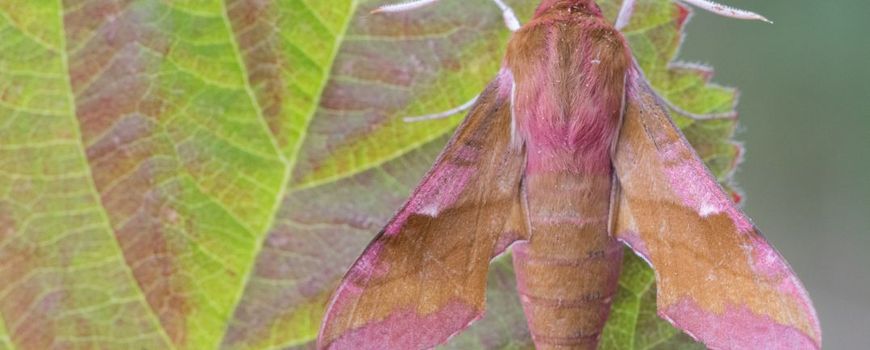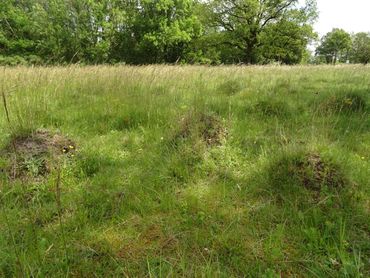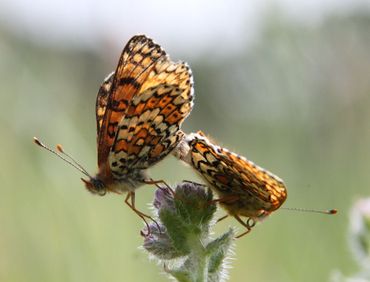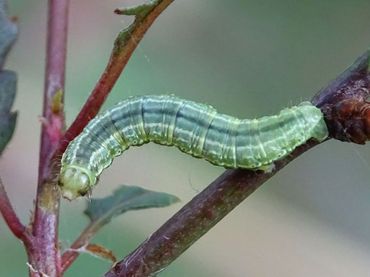ARK Rewilding Holland recently celebrated its 35th anniversary. During that time, rewilding as a nature conservation strategy has been firmly on the map, with example projects such as Gelderse Poort and Oostvaardersplassen in the Netherlands, but also with more and more projects all over Europe. Rewilding focuses on enhancing natural processes: grazing by ungulates, predation by large predators, leaving dead wood and carcasses lying around, but also landscape-shaping processes such as erosion and sedimentation along rivers and coastlines. Large mammals such as sage grouse and wolves or birds such as black storks and sea eagles are the highlight species. They are not only attractive to the general public, but also useful as indicators of rewilding. But the majority of biodiversity, insects and other invertebrates, often remains out of sight. Although projects such as “Wild van Vlinders” are gradually changing that.
Not only do invertebrates make up the lion’s share of biodiversity, they also play an indispensable role in the workings of nature. This includes pollination by butterflies, bees and hoverflies, feeding by herbivorous insects, dispersing plant seeds, converting manure and litter, and forming soil. But where do you begin to picture all of this?
new condition In the journal Restoration Ecology, he links invertebrates to natural processes. Invertebrate monitoring has made great strides in butterflies and dragonflies, but is often a huge challenge in other species groups. Monitoring methods are often in their infancy, but advances are moving rapidly. By linking invertebrates to processes, their monitoring can provide insight into the success of rewilding projects. The article provides a framework to help select guide species groups.
The framework consists of five parts: ecological processes, species groups, monitoring methods, bottlenecks, and innovations. The framework can be completed in four steps. Step 1 involves selecting the processes to be monitored, in Step 2 the indicative species groups for these processes are selected, in Step 3 the methods that can be used for monitoring are identified, and in Step 4 the bottlenecks are identified along with possible solutions. We hope that this framework will contribute to a better understanding of developments in both natural processes and the biodiversity generated by rewilding projects.
more information
Text: Michelle Wallis de Vries, Butterfly Foundation
Images: Jurrien van Deijk (main image: Moths such as the small evening red can be important pollinators of flowering plants); Michelle Wallis de Vries; Janet Eysenck

“Thinker. Coffeeaholic. Award-winning gamer. Web trailblazer. Pop culture scholar. Beer guru. Food specialist.”










More Stories
Comet Tsuchinshan-Atlas is ready to shine this fall
Sonos isn’t bringing back its old app after all
Indiana Jones and the Great Circle is coming to PS5 in spring 2025